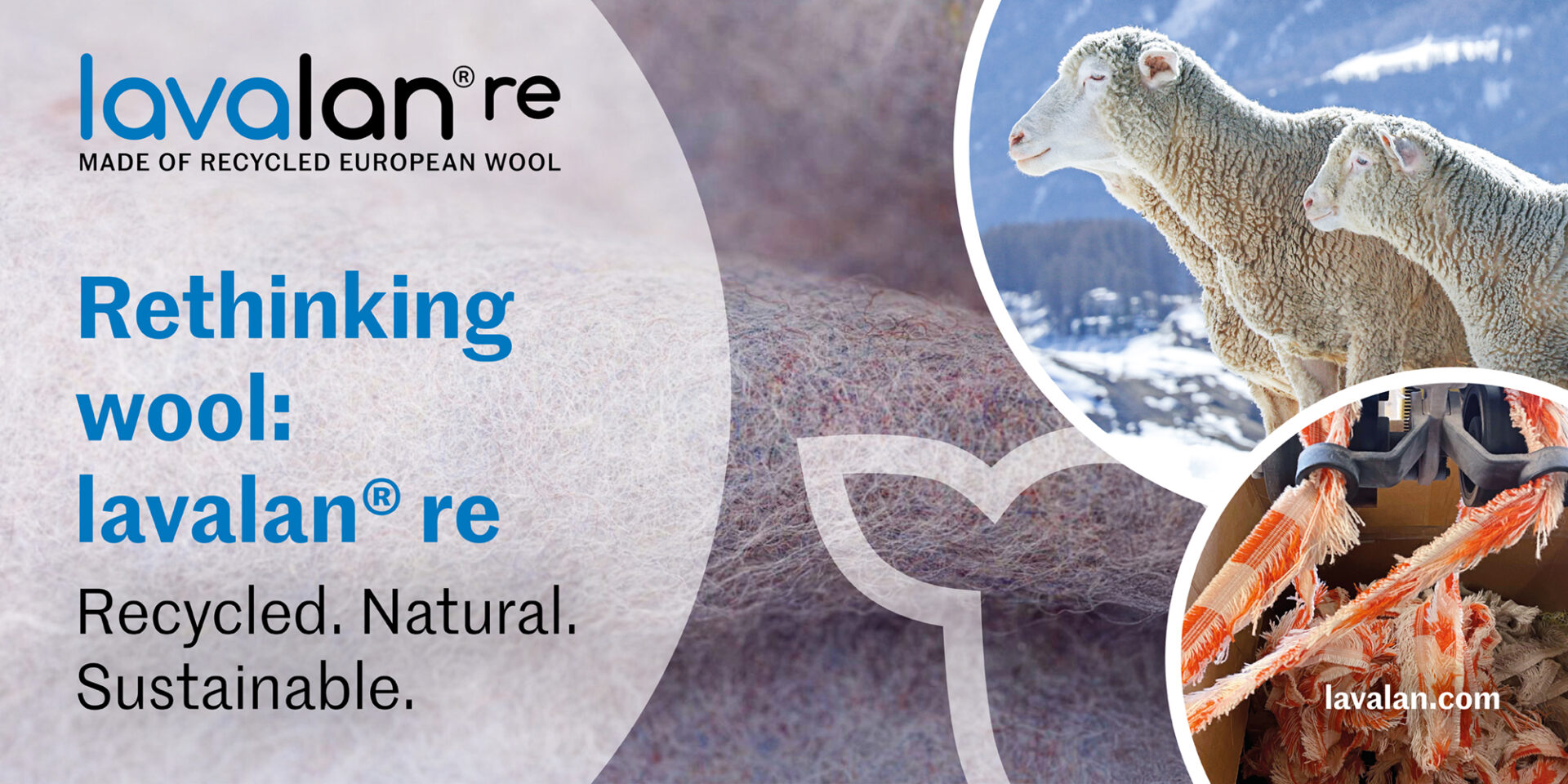Estimated reading time: 3 minutes
The world’s elite downhill skiers are dependent on snow and glaciers – yet their CO2 emissions are far above average. The Swedish Alpine National Team has promised to halve its carbon footprint within four years.
Frida Hansdotter is one of Sweden’s biggest alpine stars. She won the Slalom World Cup in 2016 and stood atop the podium at the 2018 Olympics in PyeongChang. Now, she and the entire Alpine national team are facing a new challenge: By 2022, they are going to halve their carbon emissions.
“It’s great that the Swedish Ski Association is addressing the issue head-on and looking at what the association as a whole can do in the national team activities. We weren’t asked to change our private lives as part of the project – but I’m learning a lot that I’m benefiting from in my private life as well,” says Frida Hansdotter.
The climate initiative was launched two years ago in collaboration with the Vattenfall energy company, which has been the main sponsor of the Alpine national team since 1994. When Vattenfall put together an analysis of the ski association’s climate impact, the result was disappointing.
The Swedish Environmental Protection Agency’s climate target for 2050 is one metric tonne (2.2 US ton) of carbon dioxide per inhabitant per year. Today, the Swedish population emits an average of approximately 7 metric tonnes per person. For Frida Hansdotter, the number came to 28.7 metric tonnes.
“Since we’re traveling as much as we do, it would have surprised me more if we had been doing well,” says Frida Hansdotter.
Since the beginning of 2017, a number of activities have been carried out within the ski association – partly to inform and educate internally and partly to specify measures to reduce carbon dioxide emissions. Education on driving in a climate-smart manner, the installation of solar cells at the national arena in Åre and a new agreement with SAS airlines regarding a larger share of biofuels are some of the steps that have been taken along the way.
“The hardest part is cutting down on travel and transportation to where we train as well as to competitions. But I know that they are working with these issues as well,” says Frida.
Five Areas of Focus
In the fall of 2018, Vattenfall launched the National Climate Team campaign to inspire more people to start living more climate-smart. Here, the Swedish national team skiers were challenged in five different areas: Home, community, shopping, driving and meat consumption.
Frida Hansdotter’s personal goal in the challenge was to switch to an electric car, eat more vegetarian meals and buy more used items. But it’s not that easy combining life as a professional skier with reducing one’s impact on the climate.
Later that fall, she uploaded a picture of her new sponsor car – an Audi Q8 – and received some criticism from her followers on Instagram.
“Many of my followers are extremely committed. And of course it would be great fun to have an electrically powered Audi in the future.”
She has started working on climate-smart solutions at home as well.
“I think it’s fun to try out more vegetarian meals. We also installed solar panels at home. For me, it is important to try to find more environmentally friendly ways to continue doing what you think is fun to do. And the more I learn and think about the environment, the more opportunities I see to change to more sustainable alternatives.”















Sorry, the comment form is closed at this time.